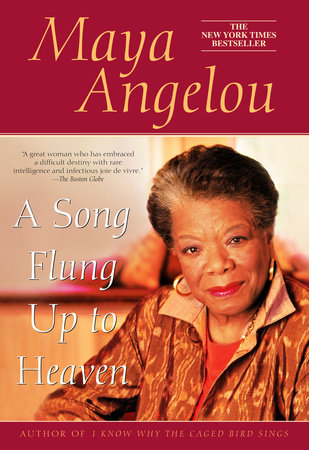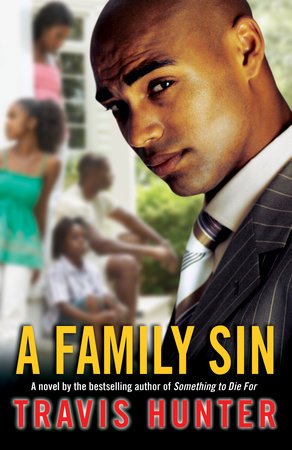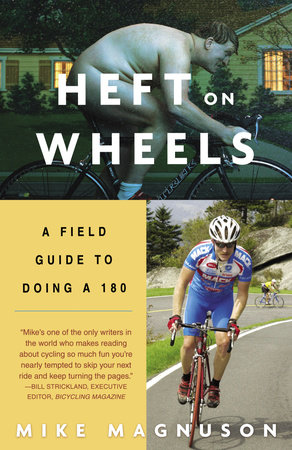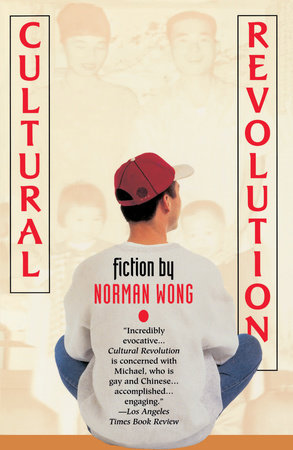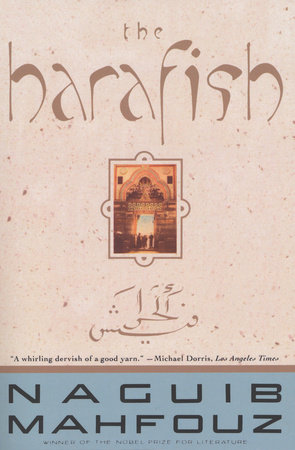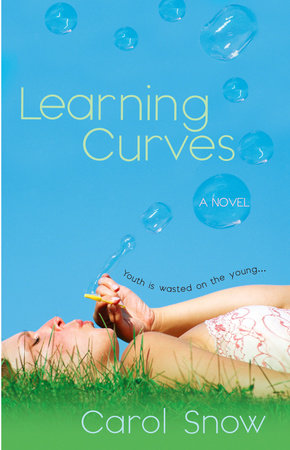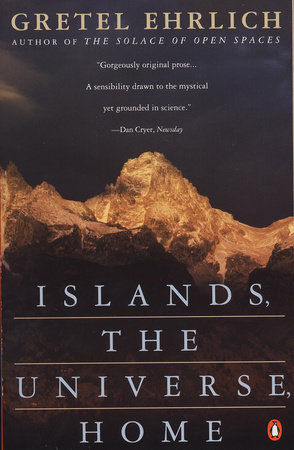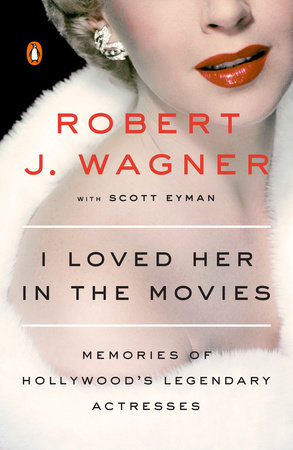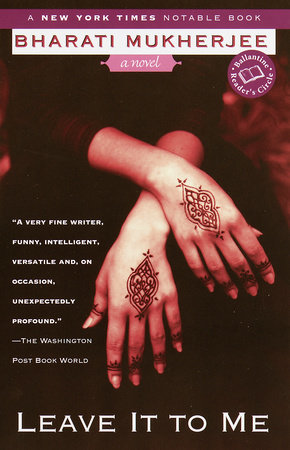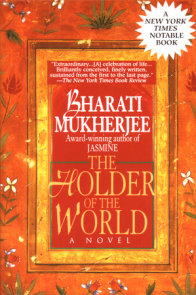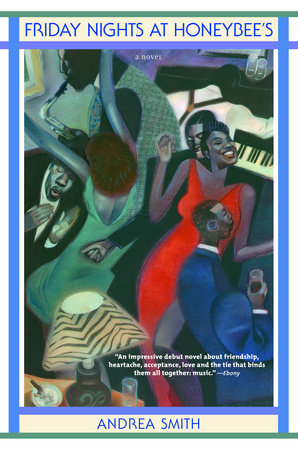Author Q&A
Q: Where did the idea for Leave It to Me come from?
BM: About twenty years ago, while I was spending a year in Delhi, India, the Delhi police made big news by arresting an Asian serial killer and three of his white, hippie, women accomplices. The man was said to have befriended, then robbed and killed–in very grisly ways–tourists from Europe, the United States, and Canada. The accomplices were vulnerable young backpackers who had succumbed to the serial killer’s physical attractiveness and charisma.
I attended the trial, which was held in a cramped, dusty courtroom in Delhi. The accused man had the reputation of being a flamboyant escape artist, so the security staff was on high alert, and the tension in the small courtroom was acute. The hearings were mesmerizing. The prisoner cut a compelling figure. He was a short, slight, muscular man with fiery eyes and an arrogant manner. In spite of his heavy shackles, he dominated the hearings. For the first and only time in my life, I felt that I was in the presence of evil in that courtroom. I was repelled, outraged, frightened, and, at the same time, fascinated.
Q: Was it difficult to write about something so disturbing?
BM: It has taken me twenty years to transform that disturbing personal encounter with evil into a novel. Art works in mysterious ways to soothe our nightmares.
That wasn’t the only difficulty. The first draft of this novel was stolen in 1994. Burglars vandalized my Manhattan apartment and took every portable thing of value, including my laptop. I hadn’t made a back-up disk. I hadn’t even made a hard copy of that draft.
Q: How did you start writing again?
BM: I was so traumatized that for two months I couldn’t face reconstructing that stolen draft. And then, on a hot July afternoon in Saratoga Springs, I experienced a miraculous emotional breakthrough. I heard Debby’s voice. She spoke the first page and a half of part one. After that, Debby took over, as had Jasmine and Hannah in my two preceding novels. She surprised me. She became my alternate self, the "what if…?" self. The pace, the language, the events–all were dictated by Debby. I suppose that sounds a little crazy, but it’s the way I’ve always written fiction.
Q: What made you think to investigate such a disturbing, personal encounter with evil through the lens of a Hindu myth?
BM: I wrote the story of Goddess Devi in the prologue to provide a template for reading the novel. I hoped the prologue would allow the reader to react to DebbyDevi’s actions. In the myth I use, Devi the goddess slays the Buffalo Demon because she is charged with that mission by the Cosmic Spirit. The Cosmic Spirit makes her its agent for ridding the world of evil on that occasion. I intended for all of DebbyDevi’s experiences to be interpreted by the reader as visitations from God. Characters like Wyatt, Frankie Fong, the blond in the Spider Veloce, and Ham operate in a larger than real way. They are guardian-corrupters; they are demigods, innocent as Greek gods, untouched by the suffering they cause. They operate outside normal laws. They don’t consider the consequences that their actions have on other people’s lives. Jess, Debby’s biological mother, is villainous on a pettier, more human scale. She is just a flower child gone nasty.
That story of the Goddess Devi–also known as Maha Devi or the Great Goddess–is also very much a part of my personal experience. It is recited with great feeling in Sanskrit during the most important Bengali Hindu religious festival. I can still hear my father, who was a scientist and the founder of a successful pharmaceutical company, chanting this musical passage about Goddess Devi slaying the Buffalo-Demon in his clear-toned, authoritative voice.
Q: The myth originates in India but plays itself out in the United States. Is it difficult for you to work with myth in this cross-cultural way?
BM: Using myths in cross-cultural ways came to me quite naturally and organically. In these days of megascale diaspora, when whole peoples are crossing borders because of better job opportunities or wars, cross-cultural applications of myths seem the most appropriate way to go. Myths embody archetypes, which is why they speak to all of us no matter what our ethnicity. I don’t have to be a pagan Greek in order to empathize with Oedipus. You don’t have to be a Hindu Indian to recognize the part that Devi the goddess is asked to play in the struggle between good and evil. As a student of world myths, I see how much in common–in terms of emotional and moral struggles–myths from different cultures have.
Q: Did it feel natural, then, to weave together a Hindu myth and a Greek myth in Leave It to Me?
BM: That presented an unusual challenge. The conflict that I had to resolve in synthesizing a Hindu myth and a Greek myth in Leave It to Me was this: Greek mythology, according to scholars like Edith Hamilton, places humans at the center of the story whereas Hindu mythology places destiny at the center. My solution: Debby is convinced that she is at the center of her universe, but the reader–having started out with the prologue–is always aware of divine providence.
Q: How does Leave It to Me rewrite the Electra myth?
BM: Myths are renewed each time we retell them. And depending on who is doing the telling of a myth, to what kind of an audience, and at what moment in history, that myth is interpreted in new ways. Poets like Homer, Aeschylus, and Ovid could take the same story, keep the cast of characters and the plot intact, but suggest very different motivations for what the characters do.
What I took from the Electra myth was the seriously dysfunctional family. The Electra myth comes out of the stories about the House of Atreus. You get endless, vengeful, in-family adultery, cuckolding, betrayal, murder, the dismembering of little children, and even a bit of cannibalism. I know, I know, Greek mythic tales are full of violence! The mother-father-daughter triangle is at the core of the original myth. In my novel, I found myself working with three separate such triangles, because Debby has a biological father, an adoptive father, and, in Ham, a lover who she wishes had married her mother and so had become her natural father.
Q: You recognize the violence in Greek myths. Leave It to Me is just as violent. Why?
BM: As in the original Electra myth, my mother-father-daughter characters are not afraid of committing mayhem. DebbyDevi pulls off a couple of disturbingly violent deeds. For me, the important question is whether DebbyDevi is a callous arsonist and killer or a facilitator of divine justice.
I also wanted the violence to be emblematic of the violence in the real world. Just one small example: These days we can’t board a plane without going through a metal detector. As in real life, some of the violence in the novel is caused by malevolent people. But there’s another kind of violence that intrigues me more. I’m thinking of earthquakes, tornadoes, typhoons, floods, wildfires. Debby is violent in the way that such forces of nature are. The Gray Nuns who rescued her must have guessed this since they named her Faustine after a typhoon.
Q: Leave It to Me explores Devi’s struggle to discover her identity as she crosses cultural boundaries. Has this been a personal struggle for you?
BM: The themes my writing explores are the making of new Americans and the consequent two-way transformation of America. These themes have thrust themselves into my fiction because of my personal daily experiences as a naturalized American citizen.
Q: What were those daily experiences when you first entered the United States?
BM: Shortly after entering the United States, I married Clark Blaise, a fellow graduate student at the Writers’ Workshop at the University of Iowa, during a lunch break in a lawyer’s office in September 1963. I have a dangerously impulsive streak! It was only a week into married life that I realized the long-term consequences of our five-minute wedding. Suddenly I felt stranded in a country that I didn’t know. I felt frighteningly alone and miserably displaced. I was coming out of an extremely old-fashioned, patriarchal Brahmin family and leaping into a United States that, at the time, was exuberantly experimenting with civil rights, women’s rights, sexual permissiveness, and drugs. It took me fifteen years to recognize that I preferred to make my own traditions, to choose my own "homeland," rather than be given an ancestral village.
Q: You once said of yourself: "I didn’t want anyone to know where I fit in, so I could be whoever I wanted to be, anywhere, and I could keep moving." Did making your own traditions mean maintaining a certain flexibility?
BM: I came out of a society in which identity was fixed from the moment of birth. I was who I was because of the family, class, caste, and language I’d been born into. Communal identity was the only identity that mattered. There was no tolerance of individual quirkiness or rebellion. Those who dared marry outside their caste lost their original caste, and losing caste was a very big deal. In fact, any Bengali who moved out of the state was patronized as being a "not-quite" Bengali. When I was growing up in Calcutta, upper-middle-class Bengali Brahmin women were not supposed to have ideas and opinions of their own. My mother, who was married off to my father when she was in her mid-teens, had to put up with verbal and physical abuse from her in-laws because she believed in education for girls and insisted on sending us to the best girls’ school in the city. For me, empowerment meant escaping the identity I had been assigned by my tradition-bound community. I think of myself as being composed of a series
of fluid identities.
Q: Does Debby view her own very fluid identity as similarly empowering?
BM: Debby comes to the same discovery about the self being protean by the end of her adventures, but she starts her journey from a very different place than I did. I knew only too well what genes had gone into my making, what cultural values and historical events had shaped my thinking. Debby is an orphan. She has to find out not only who exactly her biological parents were, but what part, if any, they have contributed to her personality. In terms of race, being part white, part Pakistani, part Vietnamese, she feels at first that she can’t claim any ethnic group as her own the way that her Italian-American sister can. The whole world has gone into the making of Debby. She has to learn to look on that as miraculously freeing.
Q: Does the struggle to define and defend your own identity in the United States continue to be as intense for you as when you first entered the country?
BM: The struggle is as intense, but it is about something entirely different. Now I don’t think of myself as an Indian stuck in an alien country, because I happen to have fallen in love with an American. I have lived in many countries, but now I feel emotionally and intellectually most at home in the United States. I have chosen to be an American citizen. As an American of Hindu Bengali origin, I hope I am bringing a whole new perspective to the public debate about what it means to be an "American."
Q: Would it be fair to describe your own attitude toward contemporary America in Leave It to Me as clearly critical?
BM: I have a clear-eyed love of the United States. I have chosen the United States as my "homeland" because I believe in the democratic ideals that are guaranteed by the Constitution and the Bill of Rights. I love the ideals embedded in these two instruments, and because I love these ideals, I speak out–in essays and through fiction–when that idealism is corrupted.
Q: Do you think of Vietnam as a moment in which that American idealism was corrupted?
BM: I am convinced that the United States’ perception of itself was permanently changed when it lost the Vietnam War. I arrived as a student in Iowa when John F. Kennedy was president. All my American friends, even as they were making the shift from the plaid-skirts-and-white-blouses staid correctness of the fifties to the long-lank-hair-and-sandals-and-heavy-eye-makeup permissiveness of the sixties, acted on the assumption that the United States was the greatest country in the world. My friends had grown up confident that America was the most powerful nation in the world. The last days of the Vietnam War, when network television played and replayed the frantic evacuation of American troops, threatened that assumption.
Q: Does Leave It to Me challenge the reader to think about Vietnam in a new way?
BM: We are aware of how the Loco Larrys were victimized by the war. But I see Devi and her generation as the unacknowledged victims of that war. Ham and Jess acted without much regard for consequences. Devi involuntarily suffers the consequences of their actions. Devi asks, "What about us, Vietnam’s war-bastards and democracy’s love-children? We’re still coping with what they did, what they saw, what they salvaged, what they mangled and dumped on that Saigon rooftop that maniacal afternoon." What Devi tries to do is make Ham and Jess’s generation aware of the moral consequences of their actions.
Q: Is this why you offer such a vivid depiction of Haight-Ashbury?
BM: I felt that I had to use the Haight-Ashbury area of San Francisco and Berkeley as the main setting for Leave It to Me because this area was where the "hey!–no consequences" kind of culture started when Ham and Jess were young, and it resulted in the birth of Debby and the dumping of her like "a garbage sack on the hippie trail." The choice of setting was deliberate. My intention was to have Debby, as Devi, bring moral accountability to these places. I live in The Haight and I teach at Berkeley. I know the geography and the mentality of these places at a gut level.
Q: How did you begin to write?
BM: I used to create stories in my head when I was three years old. These stories were so real to me–the characters so intense, the settings so graphic–that I hated having to come out of them to play with neighborhood kids. I’m not sure when I started writing them in notebooks. The earliest manuscript of mine–a manuscript that my mother found–was several chapters of a novel that I started in English in London when I was nine. It was about a child detective. My first published story appeared in a school magazine when I was twelve. It was written from the point of view of Julius Caesar. The second one, published when I was thirteen, was written from the point of view of Napoleon…




